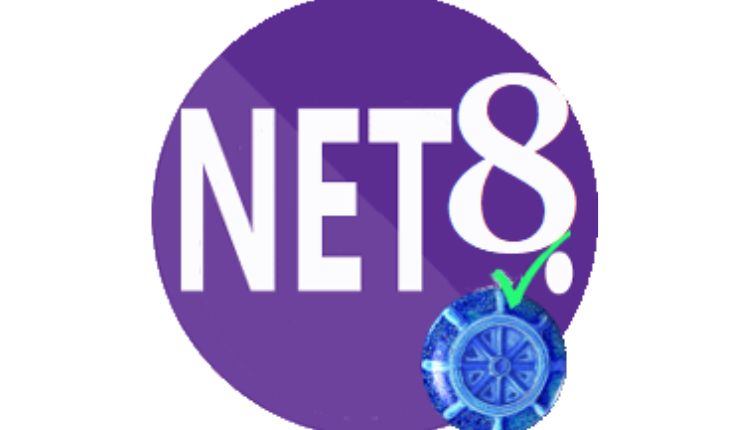
Benefits Of Using A NET Obfuscator Software Protection
NET obfuscator software protection is used for many reasons including safeguarding intellectual property, enhancing code security to prevent tampering and unauthorized access, enforcing license restrictions, and combatting software piracy. Generally speaking, a hacker looking to break your licensing routine will start by searching for Strings that have to do with licensing. Skater can make this more difficult by encrypting string data.
NET obfuscator
While some people on the inter-webs might think that code .NET obfuscation is useless, needless or even worse, a joke and waste of time – it couldn’t be any further from the truth. Code obfuscation is important for a variety of reasons including, but not limited to, security and code protection. Obfuscation is the process of making code more difficult to read and understand, while remaining logically equivalent. The most basic method of obfuscation involves entity renaming which replaces the original names with short, meaningless or incomprehensible ones, making the code harder to decipher, but still functional.
Another popular c# obfuscation technique is string encryption which hides methods and properties by replacing the body of the method with anonymized stubs, thus making it impossible to determine what they do. Other obfuscation techniques include renaming, truncation, and code differentiation which make it hard to decode the source code.
Virtualization
The unauthorized reverse engineering of software is a major problem affecting the industry. This can lead to a variety of undesired outcomes such as cheating in online games, unauthorized use of software or pirated pay-tv. Consequently, the industry is looking for solutions to deter such attacks. Code obfuscator is an effective way to do this by making it difficult for attackers to trace or analyze the underlying code. One of the most promising techniques is code virtualization based on process-level virtual machines (PVMs). It consists of a dispatcher and a handler set, where the dispatcher fetches a bytecode instruction, decodes it and assigns a PVM handler to interpret it and translate to native machine instructions.
Previous VM-based protection approaches use a fixed scheduling structure that forces a program to follow a single, deterministic execution path. Dsvmp extends this technique and employs a multi-VM scheme to enhance diversity of code obfuscation. The result is that an adversary is unlikely to reuse knowledge obtained from attacking previous software products when trying to reverse the code of a new application protected by Dsvmp.
Integrity Protection
Code security is vital in the business world. But a business’s data is valuable currency for hackers who are constantly looking for holes in the code that can lead to unauthorized access and system breaches. NET obfuscator tools can help protect a company’s intellectual property by making it difficult for others to reverse engineer the software, reducing the risk of a breach or piracy. Integrity protection helps prevent tampering or unauthorized modification of critical files or systems by using techniques like verification, obfuscation and root detection.
Skater combines the full arsenal of obfuscation technologies into one tool, including renaming and control flow obfuscation. Renaming obfuscates the names of methods and variables which makes it hard for an attacker to locate critical sections of the code. Control flow obfuscation distorts and reorders the IL code in an assembly by inserting bait branch instructions while preserving code semantics. This makes it much more difficult for an attacker to decipher the code and may result in a slight runtime performance penalty.
Anti-Tamper
Anti-tamper software protection makes it more difficult for hackers to modify an app’s code, repackage it, and extract valuable information. It can include obfuscation that prevents reverse engineering, memory protection techniques like address space-layout randomization or data execution prevention, and hardware-based anti-tamper measures such as hardlock chips or a combination of both. Name obfuscation alters the decompiled source code’s names by adding extra characters, numbers, unprintable letters, or using different schemes. This makes it harder for attackers to re-compile the decompiled source but does not affect program functionality.
Anti-tamper technology can also thwart attackers by preventing them from bypassing software licensing or DRM mechanisms. It can even protect against tampering that could result in a game’s source code being leaked. It is important to note that anti-tamper technologies do not negatively impact the lifetime of solid state drives.
Conclusion
Protecting commercial applications is a very important task for developers. Obfuscation makes it much more difficult for hackers to break into your software. NET obfuscators convert c# programs into Microsoft Intermediate Language which can be decompiled. They use a wide range of techniques to make the decompiled code more difficult to understand.




